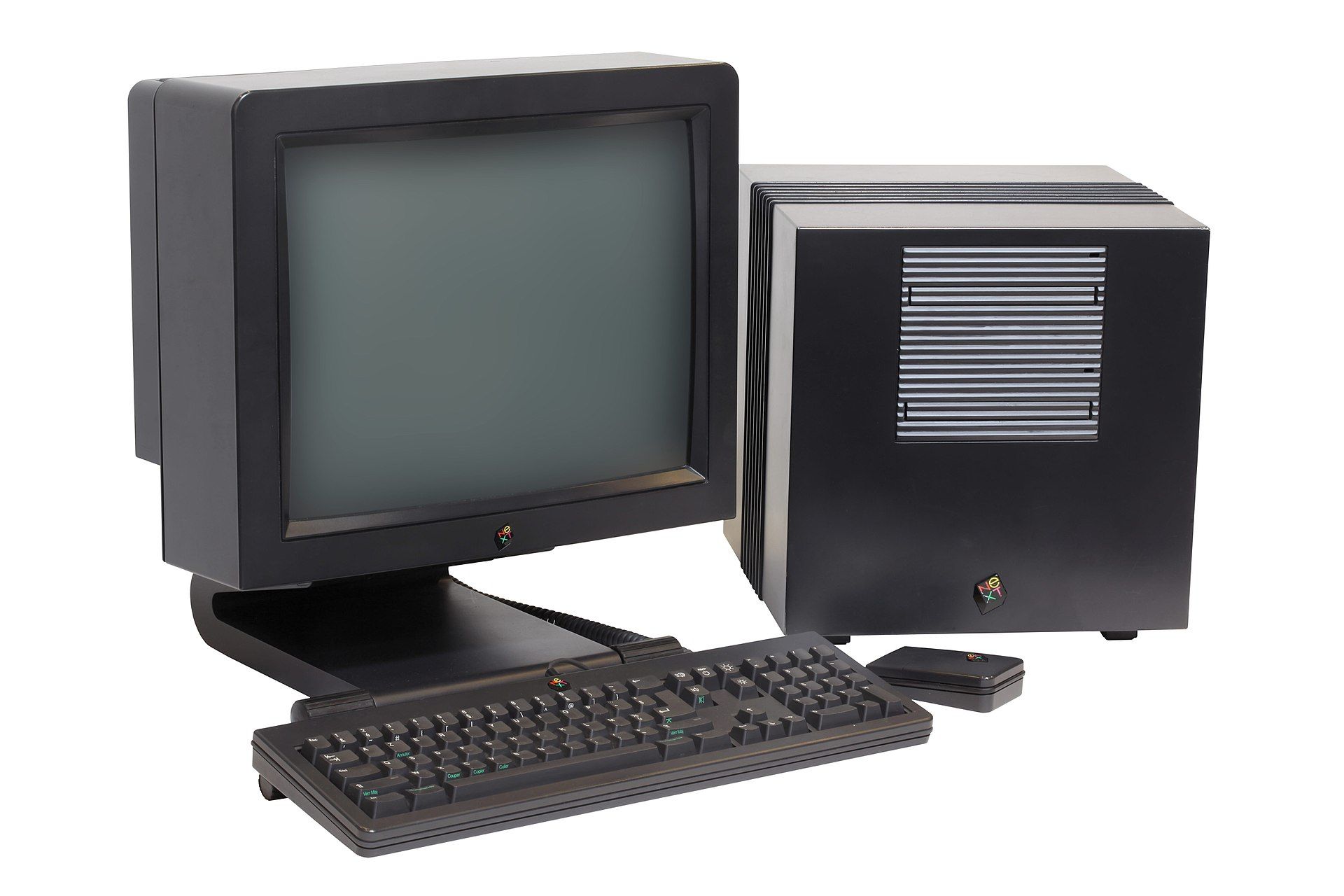Black Monday was the Big Bang
On February 11, 1993 NeXT announced they would no longer make and sell their sleek black computers the NeXTcube and related family of "pizza box" workstations known as NeXTstation. Three hundred people were fired and the company reformed around a software strategy based on pitching their operating system and object-oriented software developer tools known collectively as NeXTSTEP, for various hardware platforms including PA-RISC, SPARC, and Intel x86. In addition to providing their OS on other hardware platforms, the company worked with partners including Sun and Microsoft to layer their developer tools on other platforms including OpenStep for Solaris and OpenStep for Windows (sometimes known as "Yellow Box").
Known by the community of NeXT enthusiasts wryly as "Black Monday" this transition led to some amusing footnotes in the history of computing. One Wall Street firm, AIG Trading, didn't pick up the advanced (but probably very subtle) hints offered by NeXT and proceeded with plans to build a trading desk with over 20 seats of custom built cabinets designed to hold and show off the attractive NeXTstation computers complete with 21-inch NeXT displays only to have the hardware program cancelled before they were ready to take delivery.

One colleague went to the NeXT "fire sale" of stuff from the highly automated factory and bought all the molds for the NeXT logo embossed plugs to use as chocolate molds.
Alex Cone of CodeFab and (co-author with Jesse Tayler of the recently published book Beyond Agile) decided the best way to ride out the transition to other platforms would be on the fastest original NeXT hardware he could find. The excellent cross-platform development tools made it possible to build on a NeXTcube and deliver on any of the other supported platforms. He scrambled to find a NeXTcube with a turbo motherboard and a NeXTdimension card and spent a small fortune on RAM to max it out for best performance. (He still has this and other NeXT related collector's items).
This difficult transition for NeXT from hardware vendor to cross-platform operating system and developer tools vendor wasn't exactly a raging market success, but it almost certainly extended the life of the company long enough to get the attention of Apple.
This could be considered an important (but not the only) Big Bang of the information systems and computing multiverse. It sparked a rebirth of creative energy in a community of programmers who stayed with the platform and went on to lead teams that built Mac OS X and the iPhone at Apple and many of the major products for Apple platforms at other companies. Key ideas employed by NeXTSTEP and Objective C in the late 1980s were considered quirky at the time but have come to be ubiquitous and remain the beating heart of the macOS and iOS platforms.
On 20 December of 1996, NeXT acquired Apple for a negative $400 million, and performed a brain-trust transplant over the subsequent months in which key NeXT personnel including Steve Jobs led the effort to breathe a new technology life and relevance back into the beloved Apple brand and corporate culture. The operating system and object-oriented development tools from NeXT live on today in the foundations of modern macOS, iOS, tvOS, watchOS, Xcode, and Cocoa.